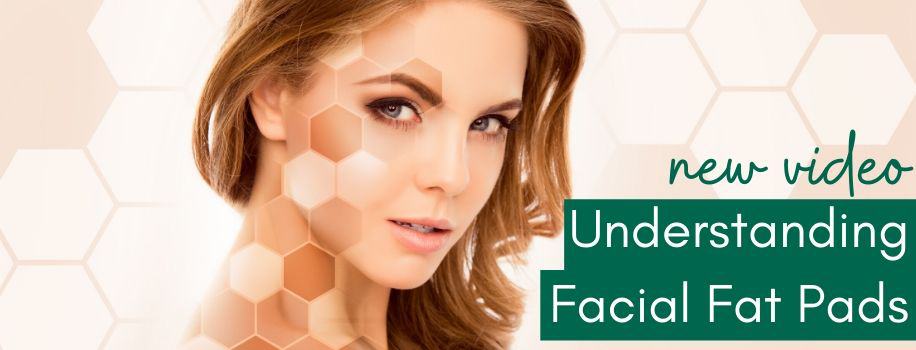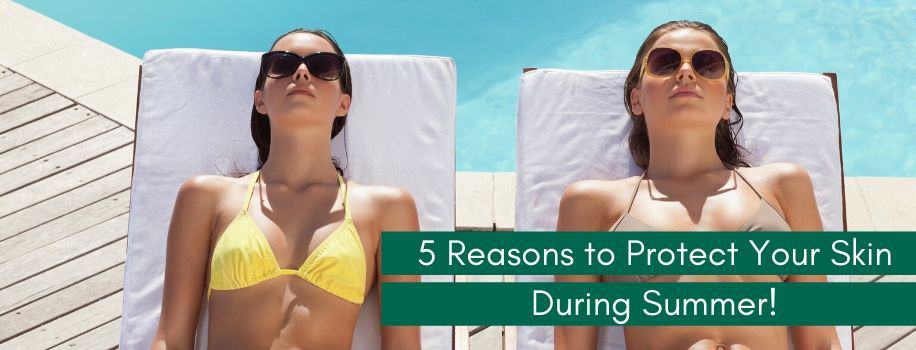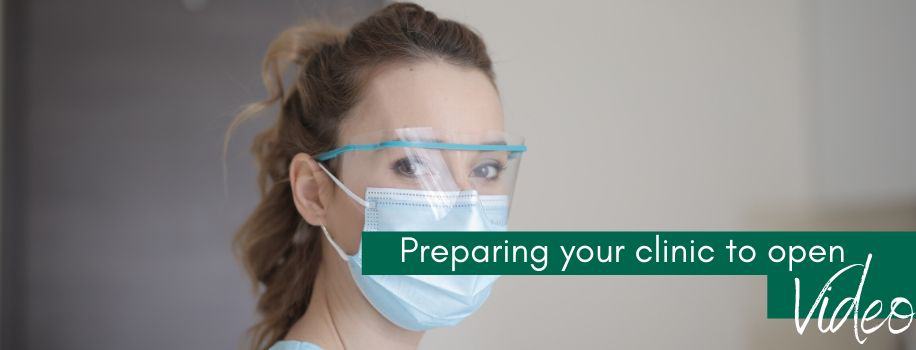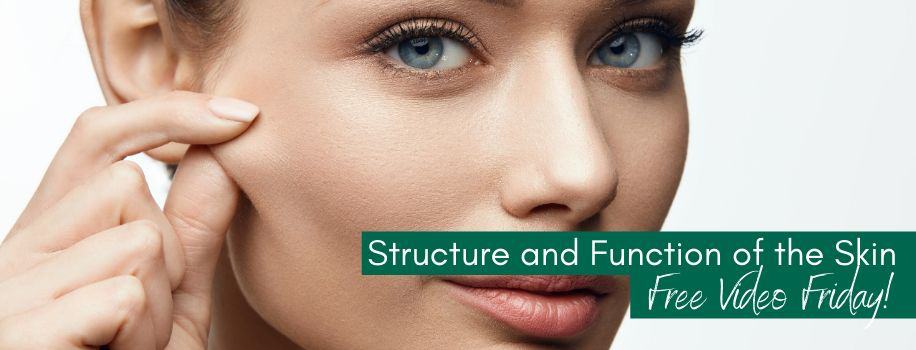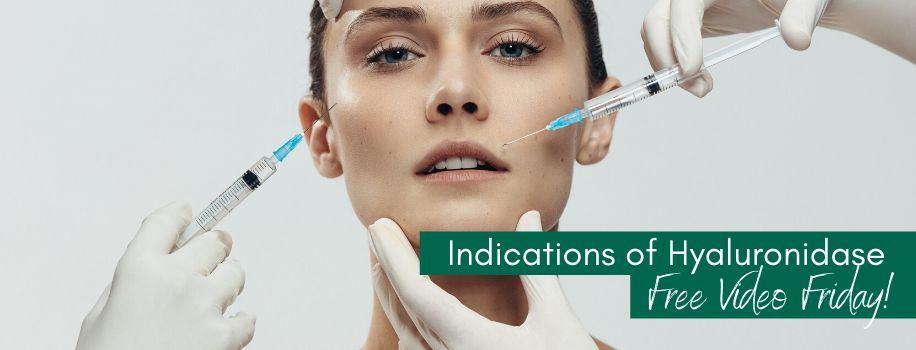Facial Fat Pads
In this video we take a deeper look into the anatomy of the face, focusing on the facial fat pads, including superficial compartments and deep compartments.
If you would like to learn more about skin anatomy click here!
Fat pads are thought to be present to facilitate the gliding of muscles in movement, whilst also protecting the sensitive facial muscles from injury. It is vital we understand the facial anatomy of fat pads when delivering dermal filler treatments.
The fat pads can be divided into superficial and deep compartments:
1. Superficial Compartments:
- Found between the skin and the Superficial Muscular Aponeurotic System (SMAS)
- 10 areas to be aware of in this layer:
– Central
– Middle Forehead
– Lateral Temporal-Cheek
– Lateral Orbital
– Superior Orbital
– Inferior Orbital
– Nasolabial
– Middle Cheek
– Jowl
– Pre-Platysma Fat
2. Deep Compartments:
- Found below the SMAS and behind the muscles
- Offer volume and shape to the face
- Areas to be aware of:
– Retro-Orbicularis Oculi Fat
– Lateral Sub-Orbicularis Oculi Fat
– Medial Sub-Orbicularis Oculi Fat
– Buccal Fat
– Deep Medial Cheek Fat
Training with Cosmetic Courses
Since 2002, Cosmetic Courses has trained medical professionals in aesthetic treatments. We provide a wide range of courses from beginner to expert in our practical and online courses. Our goal is to create safe and confident injectors by providing high quality training.
If you would like to find out more about our training courses you can talk to the team who will guide you in finding your perfect course:
01844 390110
